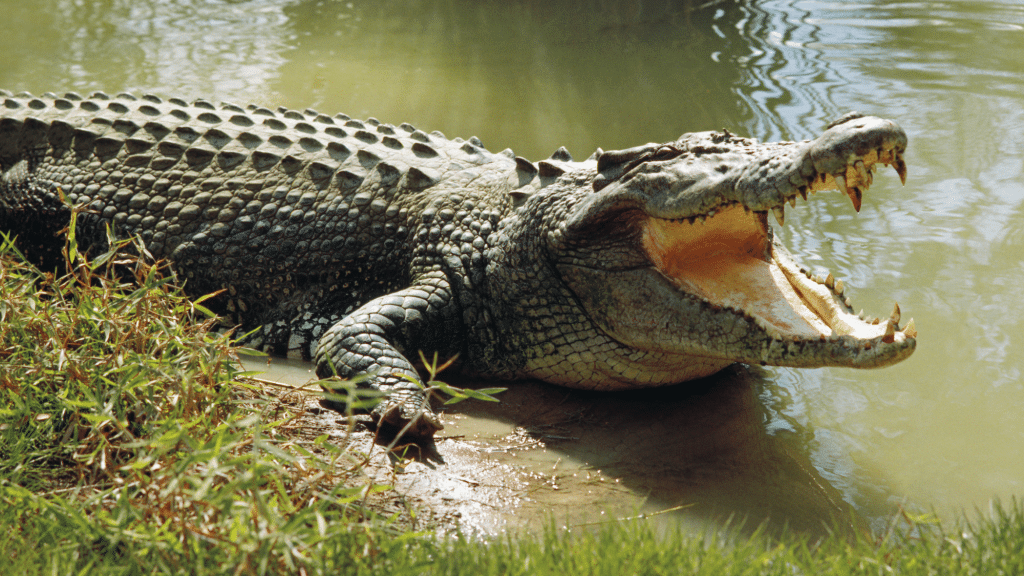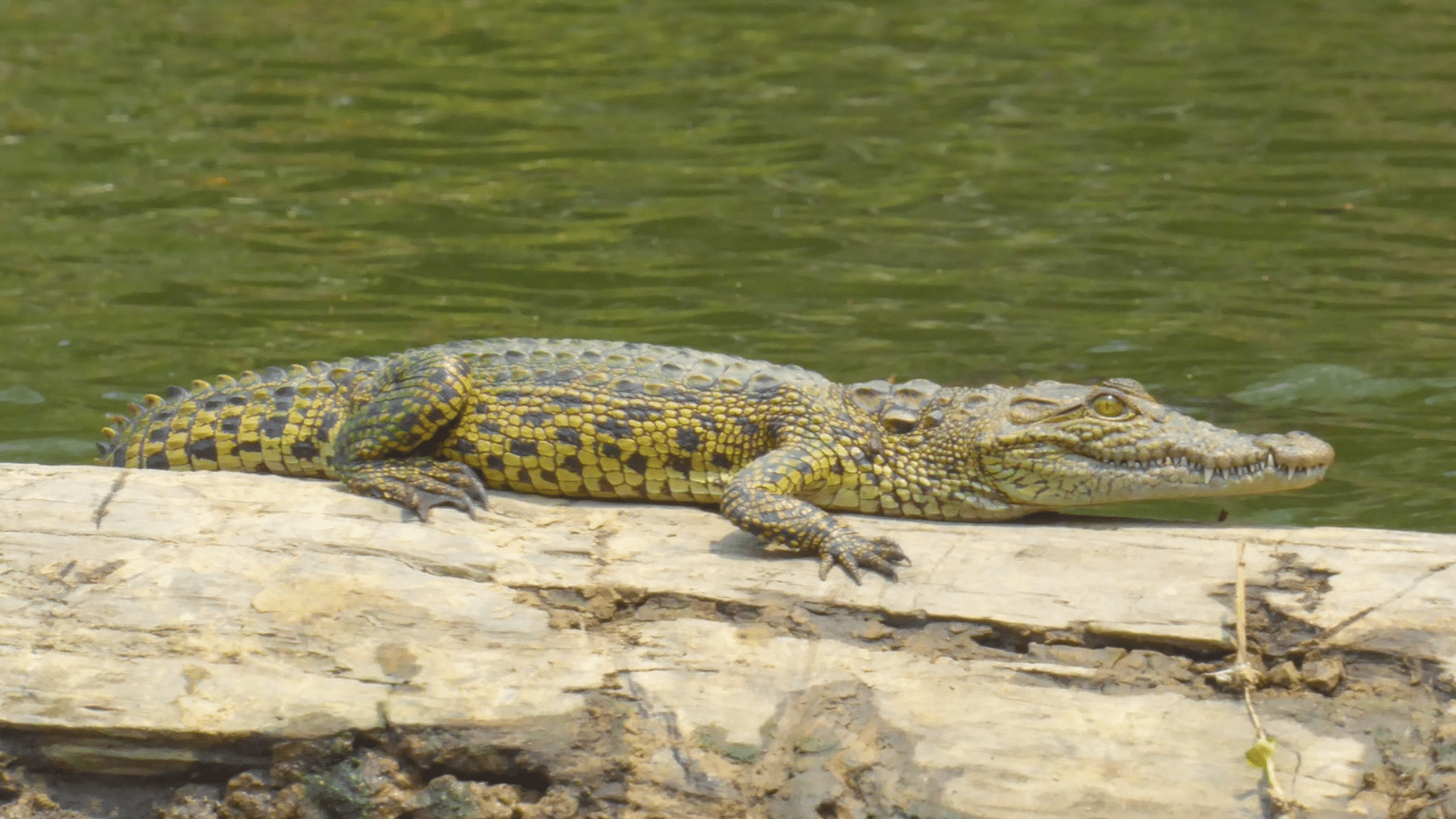Crocodiles rank among the oldest creatures on Earth, with roots going back millions of years. These large reptiles live in warm areas across Africa, Asia, Australia, and the Americas.
With tough skin, strong jaws, and keen senses, they hunt both in water and on land. These hunters can remain hidden for hours, waiting for the perfect moment to catch their prey.
Their bite force is the strongest of any animal alive today. Most crocodiles grow between 10 to 20 feet long, though size varies by type.
This guide answers whether crocodiles shed their skin and explains how their skin differs from other reptiles, plus why it’s vital to their survival.
The Reality of Crocodiles’ Skin Shedding
Yes, crocodiles shed their skin, but not all at once like snakes. Instead, they shed in patches, with small sections peeling away as new skin forms underneath.
This gradual shedding helps remove parasites, supports growth, and maintains a healthy outer layer.
Shedding happens more often in young crocodiles, who are growing rapidly. However, water plays a big role in this process: it softens old skin and makes it easier to shed.
Crocodiles may also rub against rocks or rough surfaces to help slough off loose skin. The shed pieces often float away in water or get left on land.
How Often Do Crocodiles Shed Their Skin
Crocodiles don’t follow a strict schedule for skin shedding. Instead, it happens continuously throughout their lives, influenced by several factors:
- Age: Younger crocs shed more frequently, every few weeks, due to faster growth.
- Season: Warm weather speeds up the process; cold weather slows it down.
- Diet: A well-fed crocodile grows faster and sheds more often.
- Health: Ill or stressed crocs may shed irregularly.
- Habitat: Water quality and environmental conditions affect shedding cycles.
In adult crocodiles, full skin renewal usually takes 3 to 4 months, with patchy shedding throughout that period.
The Role of Crocodile Skin in Their Survival
Let’s review some key points that highlight the role of crocodile skin in its survival.
- Crocodile skin provides natural armor through hard scutes (bony plates). The tough exterior protects against attacks from predators and other crocodiles.
- Skin texture and color patterns offer effective camouflage in water and on land.
- Special sensors in the skin detect tiny water movements from potential pre.y
- Blood vessels near the skin surface help regulate body temperature
- Waterproof qualities allow crocodiles to stay submerged for extended periods
- The skin reduces water loss during dry seasons or drought conditions
- Textured skin reduces drag in water, improving swimming efficiency and speed
- Skin helps crocodiles absorb heat while basking in the sun
- Crocodile skin continues to grow throughout their lives, allowing for size increase
- The flexible areas between scutes allow for movement despite the armored protection
- Skin color adapts over time to better match their primary habitat
Differences Between Crocodile Skin and Reptiles
While crocodiles are reptiles themselves, their skin has several distinctive features that set them apart from other members of the reptile family:
| FEATURES | CROCODILE SKIN | OTHER REPTILES |
|---|---|---|
| Texture | Thick, bumpy with hard plates (scutes) | Smooth or lightly scaled skin |
| Scutes | Contains bits of bone for natural armor | No bone-containing scutes |
| Skin Patterns | Distinct square and rectangular patterns | Smooth or varied patterns |
| Coloring | Earthy tones of brown, gray, or olive | Bright colors or complex patterns |
| Glands | Fewer glands for temperature regulation | More glands in some species for temperature regulation |
| Behavior | Spends a lot of time with open mouth for temperature regulation | Uses skin for temperature regulation more actively |
| Economic Value | Highly valued for luxury goods | Not typically used for luxury goods |
Conclusion
Crocodile skin shows why these reptiles have lasted for millions of years. Their unique skin offers protection, helps them hunt, and keeps them alive in tough conditions.
From the way they shed in patches to their built-in armor, crocodile skin is truly special in the animal world. Their skin works perfectly for their lifestyle as water-dwelling hunters.
The next time you see a crocodile at a zoo or in a nature show, look at its skin closely. Because the patterns, textures, and features tell the story of one of nature’s most successful designs.





















